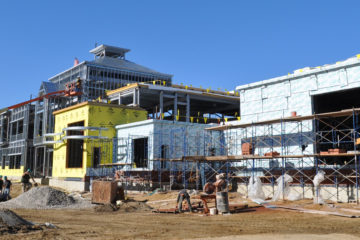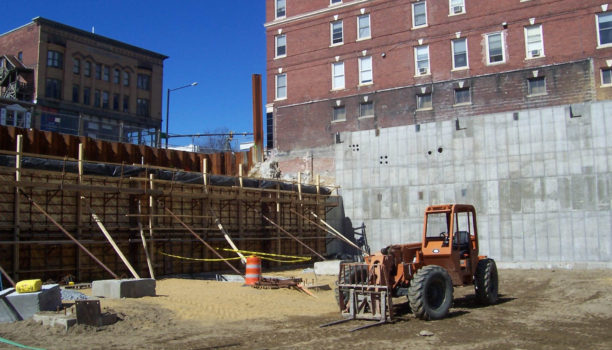We help you make the most out of your unique site. With the technical and regulatory expertise to guide your project every step of the way, we will exceed your project objectives while addressing regulatory complexities and environmental challenges.
getting approvals: permitting and regulatory experts
We have deep roots in local communities throughout the Northeast, with the relationships and reputation needed to help streamline the regulatory process. We prepare a comprehensive regulatory framework for your project, and provide you with strategic site development concepts.
integrated engineering from start to finish
You don’t need to go anywhere else. Nobis Group’s on-staff experts — civil and geotechnical engineers, environmental scientists, permitting specialists, wetland scientists, and landscape architects — will deliver what you need from start to finish.
- Pre-Development: We get ahead of your projects’ challenges by identifying your site’s existing conditions including the environmental impacts and liabilities, permitting requirements, and subsurface characteristics. We also provide land acquisition and planning, feasibility studies, surveying, wetlands delineation, zoning, and conceptual planning.
- Design: Our experts design the site layout including parking, utility locations, storm water mitigation, building foundations, and landscape design.
- Construction: Our professionals are experts at bringing your design to life. Our construction phase services include preparing bid documents, specifications, construction inspection, and managing the permitting process to ensure that the final product meets your vision.
sustainable site design
Nobis incorporates practical sustainable design strategies and practices into our projects that benefit our clients and our communities. Nobis’ experts combine low-impact engineering design principles with aesthetically pleasing landscape and civil/site designs to produce cost-effective sustainable solutions for your project. Nobis’ experts strive to repurpose existing site infrastructure and reuse onsite soil and materials, reducing the project’s carbon footprint.




